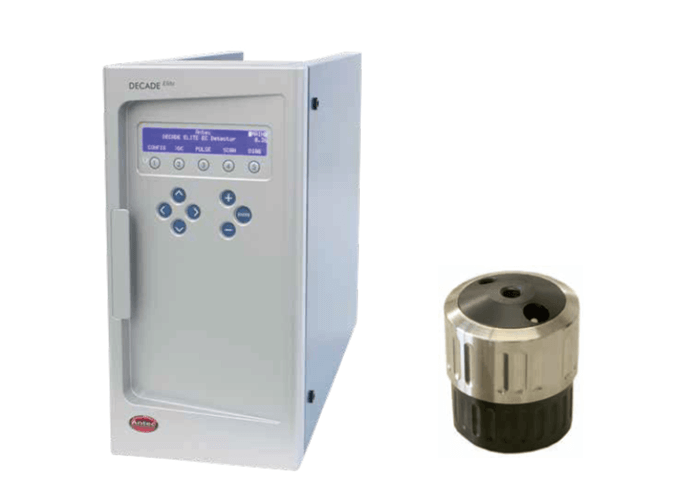Introduction
Plants, like all organisms, require energy for growth and this is achieved via photosynthesis. In photosynthesis light energy is converted into chemical energy in the form of sugars by the so-called chloroplasts (most abundant in leaf cells). These carbohydrates, or sugars, are essential for the plants metabolism (plants growth and quality) and also provide nutrition to natural enemies. Plants are the primary food source on earth for a wide range of above ground and below ground organisms. Plant roots release a wide range of carbon-containing compounds into its rhizosphere (an area of a few mm surrounding the root), the so-called root exudates. Among these components, sugars, amino acids and organic acids are released in the largest quantities. The level of sugars in plant tissue and the rhizosphere can be influenced by the plant response caused by shoot and /or root damage. Therefore, the measurement of changes in sugar levels in plants tissue and root exudates is important in terrestrial ecology. High Performance Anion Exchange Chromatography in combination with Pulsed Amperometric Detection (HPAEC-PAD) can be used for the compositional analysis and quantification of sugars in plant extracts and root exudate samples.

 Figure 1: Antec DECADE Elite detector (left) with SenCell (right) for the analysis of carbohydrates based on Anion-Exchange Chromatography with Pulsed Amperometric Detection.
Figure 1: Antec DECADE Elite detector (left) with SenCell (right) for the analysis of carbohydrates based on Anion-Exchange Chromatography with Pulsed Amperometric Detection.




